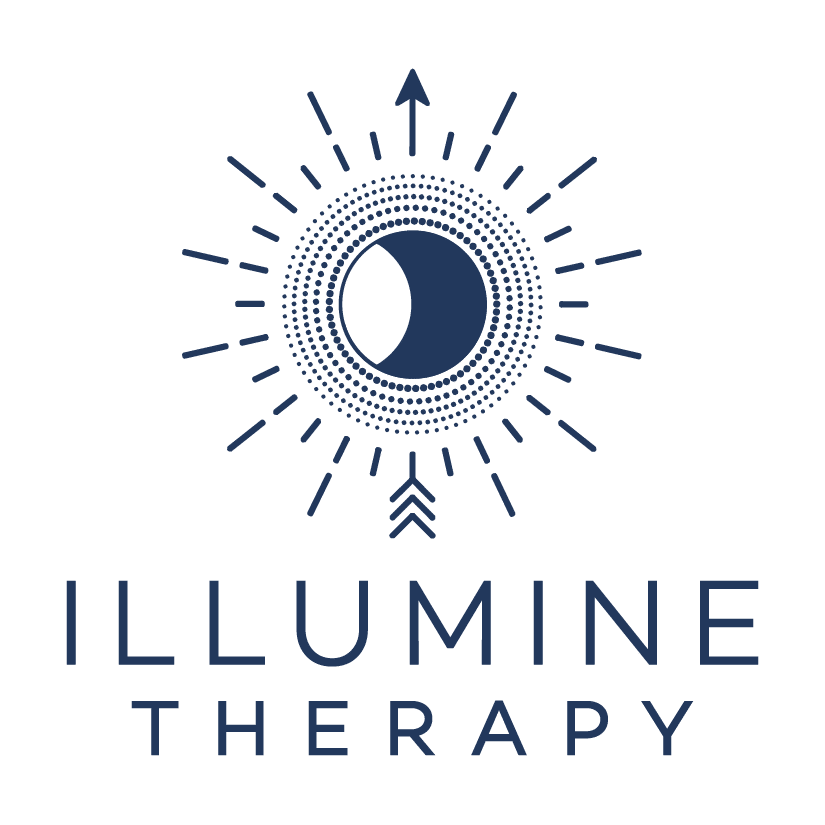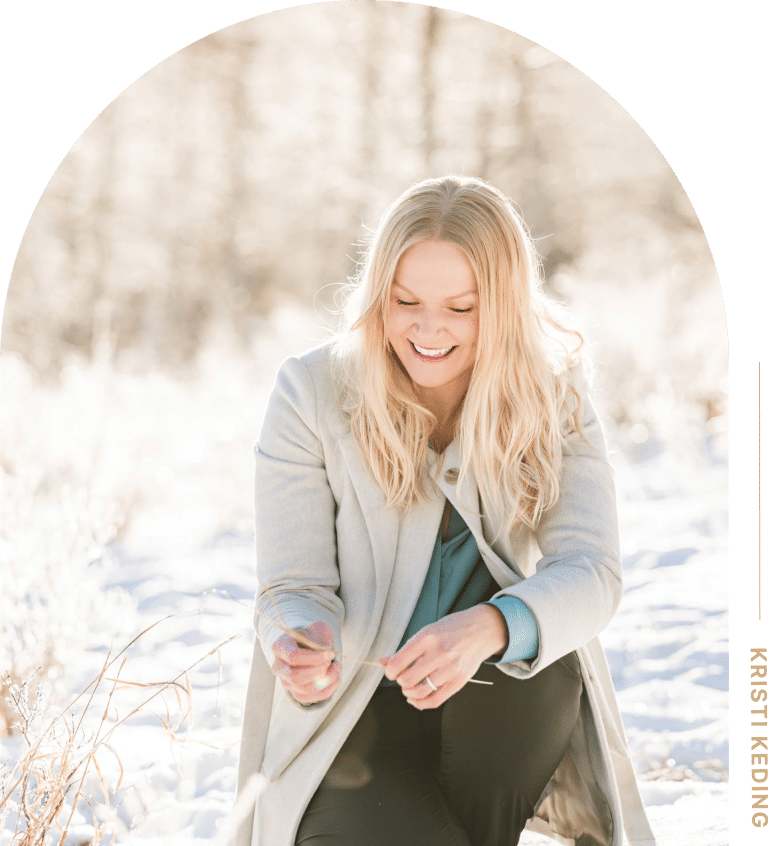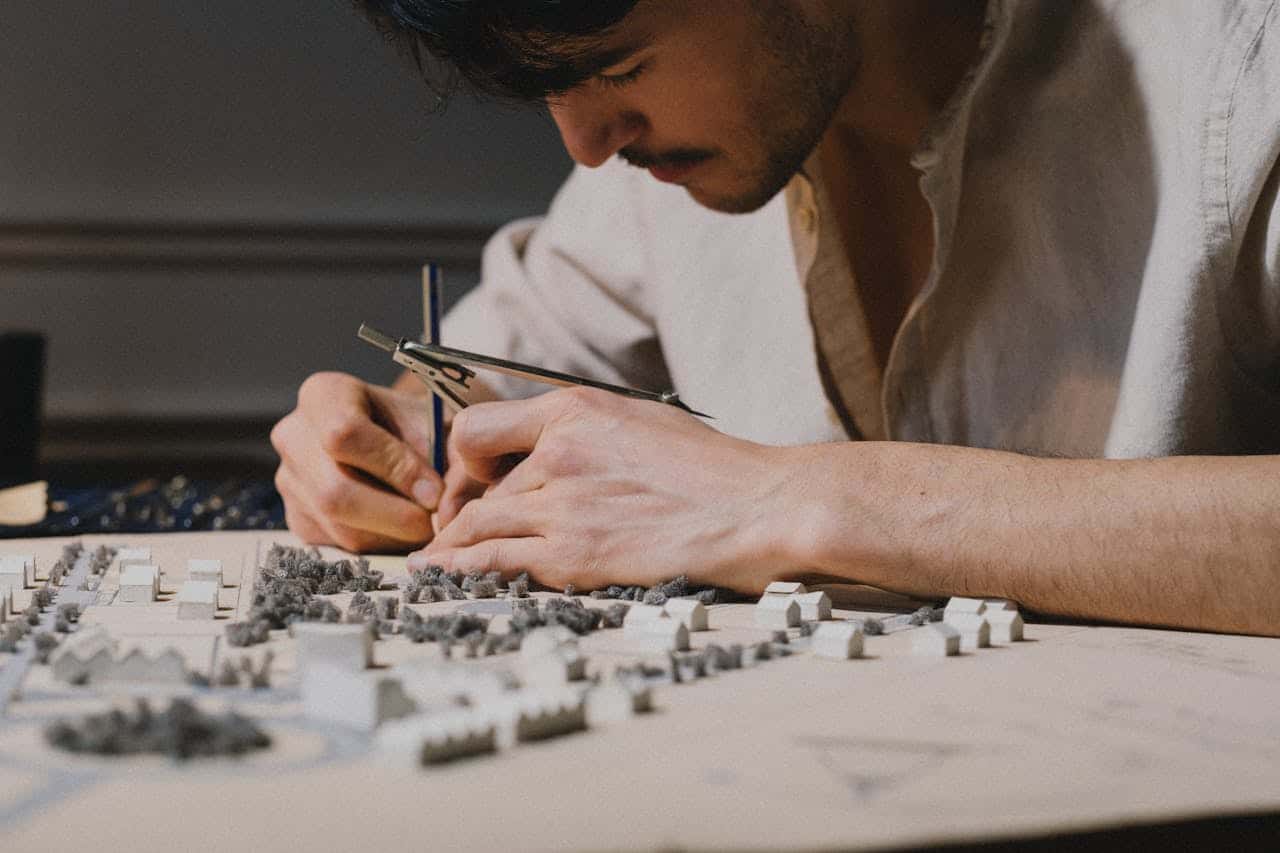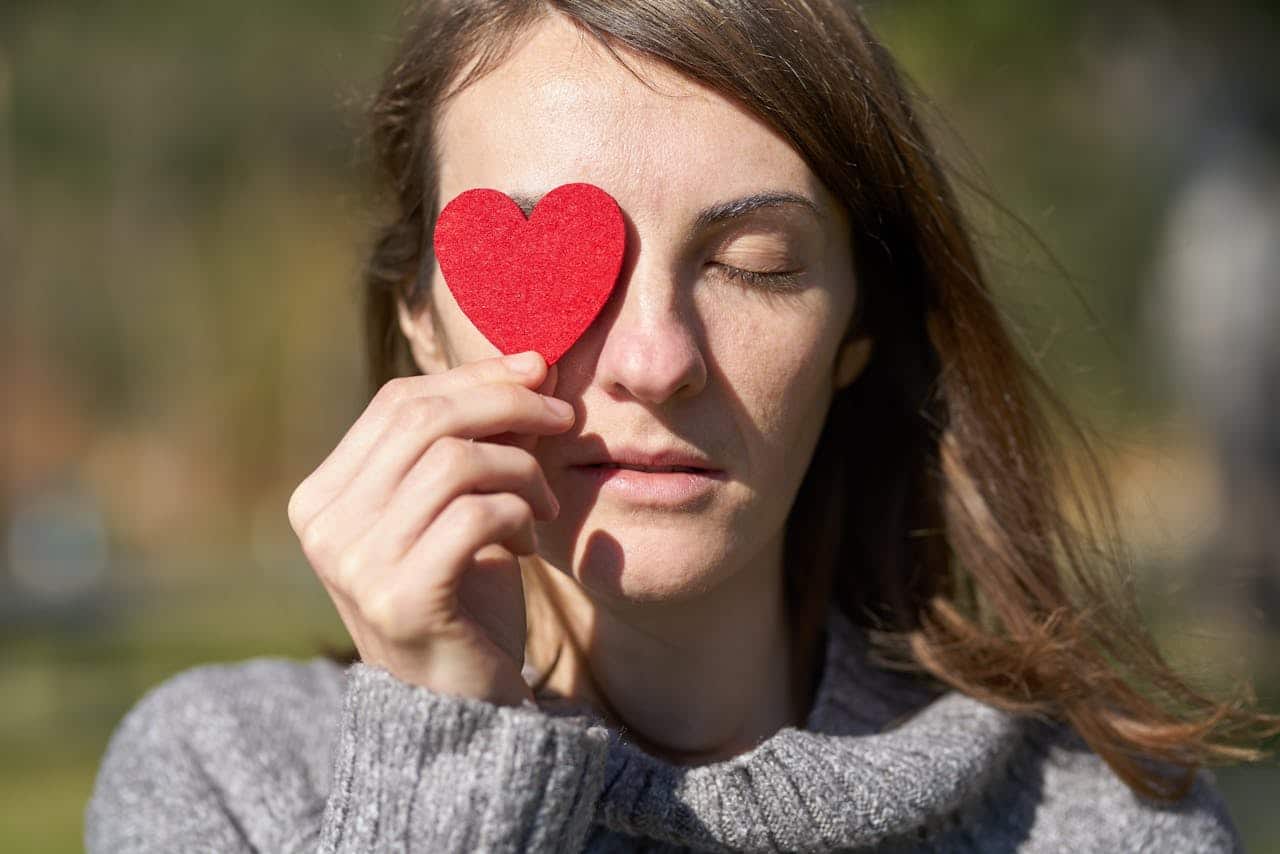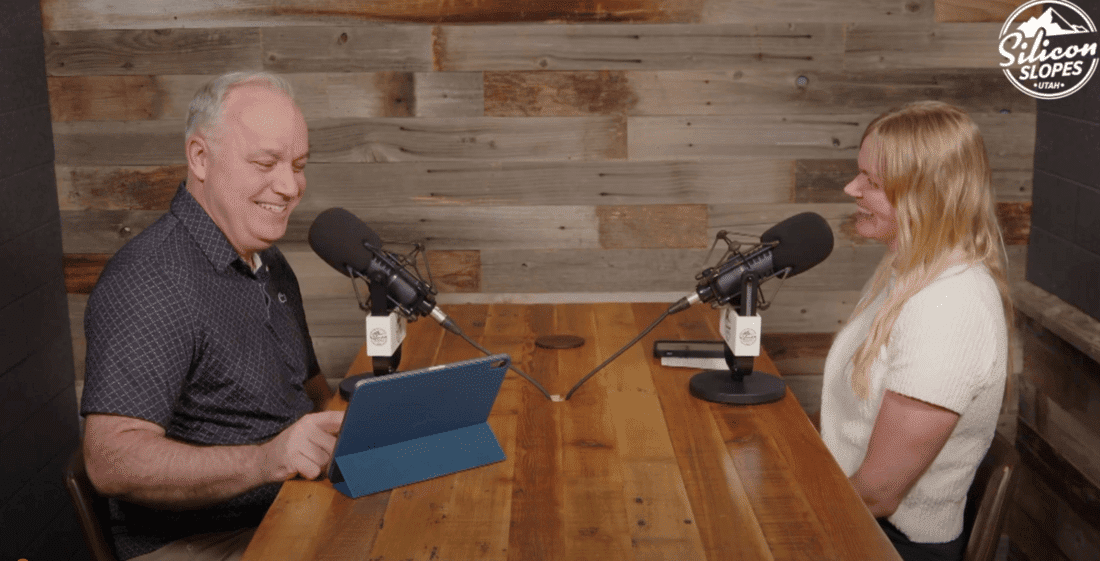I wanted to end this series by talking about resiliency and protective factors. Both of these are important topics because I have seen many people who have experienced childhood trauma not fully develop PTSD because of protective factors and resiliency during and after the event.
We will start with protective factors.
Protective factors are factors that can help buffer the negative effects. These can include positive relationships with an older adult such as a caregiver, teacher, soccer coach, or your best friend’s mom. Access to mental health services or the school social worker. Participation in extracurricular activities. Perceived peer support. Spiritual or religious practices.
Other protective factors can include a stable and safe living environment, access to education, and a supportive community. These factors can help children feel more secure and less isolated, which can reduce the risk of developing PTSD following a traumatic event.
Why is this important?
Well, not everyone who experiences traumatic events develops PTSD. So if we take a look at the ACEs even if you have a few ACEs or quite a few, you might have had many protective factors and even resiliency that helped. You can read more about that here.
I want you to take a moment and notice what protective factors did you have in your childhood. How do you know they were protective? For example when you think of a teacher, who was a protective factor, what thoughts, sensations and emotions come to mind?
a look at resiliency.
Resiliency on the other hand is the ability to bounce back from adversity and cope with stress and trauma. It is not a fixed trait but a set of skills and behaviors that can be developed and strengthened over time. This is great news because you can build this skill even in adulthood.
There are also several components of resiliency that can help individuals overcome the effects of childhood trauma and prevent the development of PTSD.
Here are a few components of resiliency.
Social support. Having a strong network of family, friends, and other supportive individuals can provide a sense of belonging, validation, and safety. So not only is this a protective factor it is also a factor that helps build resiliency.
Another important component of resiliency is emotional regulation. This involves the ability to identify and manage one’s emotions in a healthy way. People who are resilient are better able to regulate their emotions and cope with stress in a positive manner.
Problem-solving and coping skills are also important components of resiliency. People who are resilient are better able to identify and solve problems and are more likely to seek out help when needed. They are also better able to cope with stress and adversity in healthy ways, which can help prevent the development of PTSD.
Having a sense of hope and optimism, and finding meaning and purpose in life contribute to resiliency. These things help build a sense of self, autonomy, and independence and help us stay connected.
Journal Prompt:
Reflecting on resiliency write down what comes to mind. Which of these components do you see in yourself? Which of these components would you like to strengthen?
In conclusion, it is important to recognize the resiliency in all of us. It can also be helpful to know what protective factors got you through tough times. Both of these can help build for future traumatic experiences.
Hi, I am Kristi. A trauma therapist in Ogden, Utah. I specialize in EMDR therapy, Brainspotting therapy, and Sensorimotor Psychotherapy. If you are in need of a trauma counselor reach out today.
